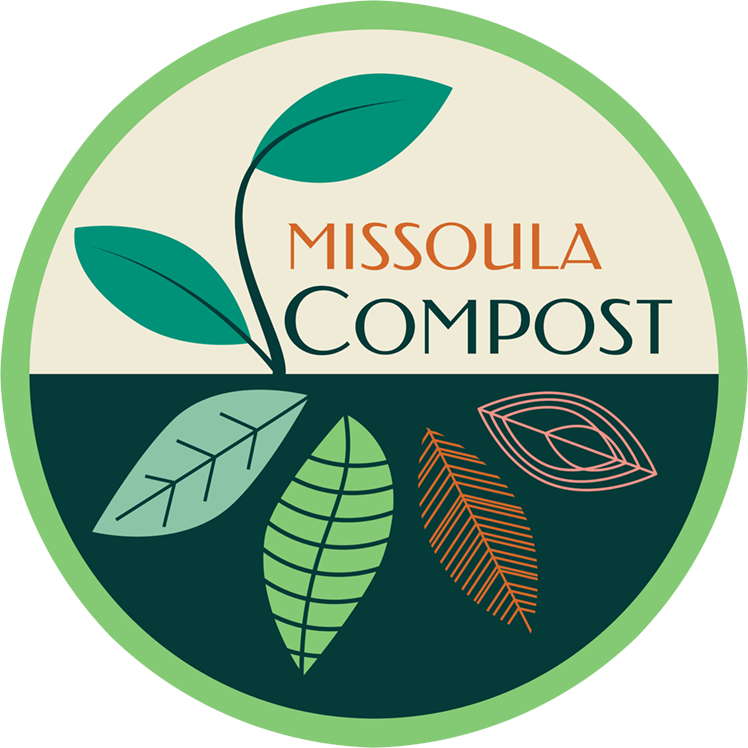Protect Your Pollinators
Pollinators include bees, beetles, flies, moths, and butterflies. “Seventy five percent of the world's flowering plants and 35% of food crops rely on animal pollinators to reproduce”. Pollinators make it possible for plants to produce fruit and seeds by transferring genetic material. Unfortunately, habitat loss is a major threat to native pollinators.
Photo by Angelo Casto
Not unlike bears, pollinators hunker down and find a cozy place to sleep through winter; this is called Diapause. Diapause allows insects to survive through periods of harsh environmental conditions, such as Montana winters. Pollinators take shelter under your unraked leaves and in hollow plant stocks. This unseen world is the winter home for some of our most important insects.
Many pollinators don’t dare to emerge from their winter nests until temperatures consistently reach 50 degrees and above. This means, if you start clearing out your leaves and dead plants while it is still cold, you are clearing out your pollinators along with it.
On mild days it is tempting to get an early start on yard work. Unfortunately, raking up leaves, cutting down dead grass and stems and laying down too much mulch will cause these little creatures to perish in their wintertime nests. If the urge to rake is too strong, focus on larger open areas. Try to leave the nooks and crannies in your lawn alone until late April. This will give you the satisfaction of yard work while preserving the masses of pollinator homes.
Good cues that you’re in the clear are: (1) you feel good about planting tomatoes or (2) you see the cherry trees blooming. If either of these happen, consider yourself confident the majority of pollinators are active.

